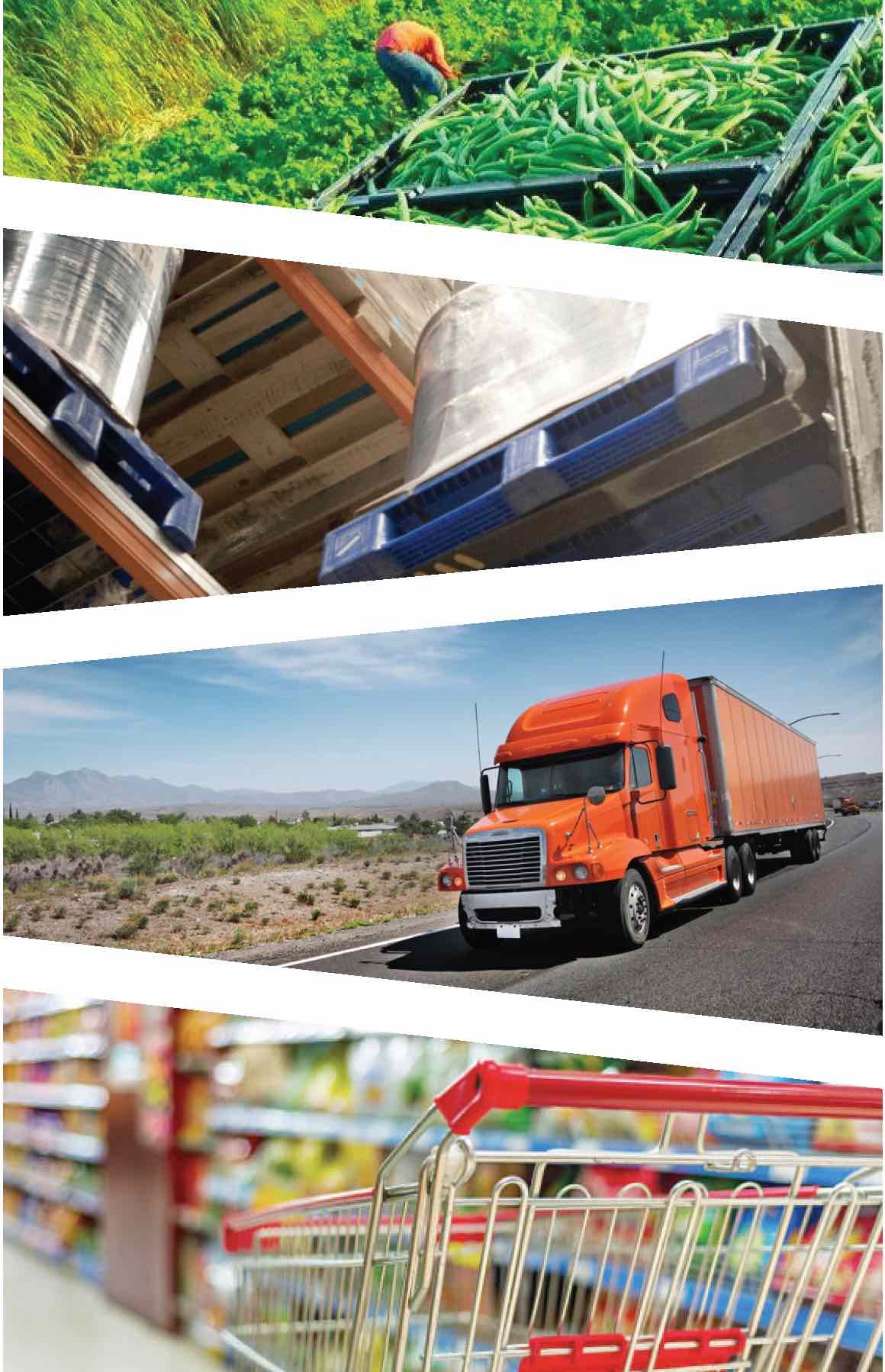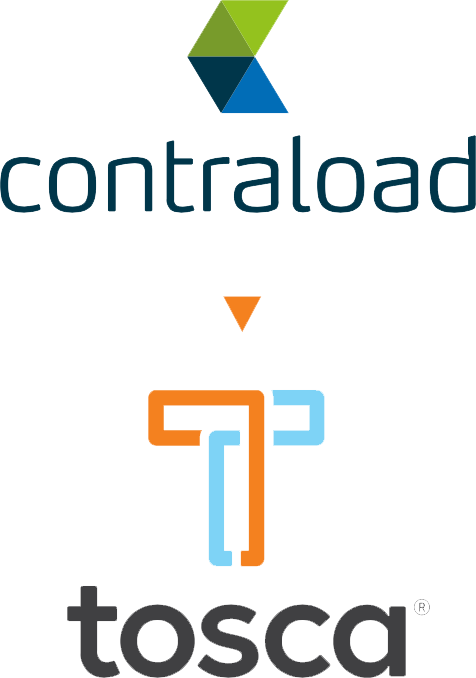8 Reasons Why RPCs Outmatch Corrugated Cardboard Boxes
Stronger, sturdier and more cost-efficient, RPCs are the superior transport packaging solution compared to corrugated cardboard boxes.
When it comes to protecting perishables in your supply chain, corrugated just doesn’t measure up. Here are 8 reasons why RPCs outmatch corrugated cardboard boxes:
#1: Corrugated Cardboard Boxes Crush
When you stack corrugated boxes too high or too heavy, especially when wet, the stack will likely fall over, damaging the box and the products inside.
Tosca’s Reusable Plastic Containers (RPCs) are made from durable polypropylene and have been proven by independent studies to be 4x stronger than corrugated cardboard boxes. They’re also engineered to interlock, creating better load stability, so you can stack higher without worrying about the possibility of the stack tipping over.
#2: Corrugated Cardboard Boxes Waste Valuable Space
Corrugated cardboard doesn’t travel as well as RPCs – period. The variety of sizes and shapes make it difficult to optimize cube utilization, leaving you with wasted space on trucks, which also means wastes fuel.
RPCs are designed to stack together securely, making it easier to use every inch of cube space to its optimum capacity – up to 96″ high, in fact. When you have fuller trucks, it means fewer trips. Fewer trips mean less trucks on the road and more transportation savings for your bottom line.
#3: Corrugated Cardboard Boxes Can’t Handle Moisture
It’s a reality of grocery supply chains: if you have perishables, you have moisture. Corrugated cardboard doesn’t do so well with moisture; it absorbs condensation and even leakage from packages. If your corrugated cardboard gets wet, its structural integrity will fail.
Because they’re made of plastic, RPCs don’t break down because of moisture. Their enhanced ventilation features even help deliver fresher, higher quality perishables so your eggs, meat and produce make it to consumers in the same condition it left the farm.
#4: Corrugated Cardboard Boxes Don’t Display Well
Grocery stores sometimes put product on shelves in the corrugated cardboard boxes it was transported in but with the varying sizes and different graphics – it makes for a chaotic presentation.
Corrugated plastic bins offer a more organized alternative, framing the product neatly and disappearing from sight, making the product the hero, not the packaging. Studies show that consumers fully embrace the use of these bins in displays. Even better, using corrugated plastic bins can greatly reduce the time it takes to stock shelves. For example, it takes just two minutes to stock a 4-foot shelf with fresh eggs when using bins with SmartWall technology for display. In comparison, hand-stacking the same shelf can take 20 minutes.
#5: Corrugated Cardboard Boxes are Incredibly Wasteful
Corrugated cardboard boxes comprise the greatest weight of manufactured packaging product in the waste stream, according to Waste360. That’s a huge amount of tonnage traveling through the waste stream every year, including the portion that gets diverted to landfills and won’t be reused as intended.
Alternatives to cardboard packaging, like reusable plastic containers, can significantly reduce this waste. Every reusable container that grocery supply chains use eliminates 1 to 1.5 pounds of corrugated cardboard from entering the supply chain.
#6: Corrugated Cardboard Waste Requires Management
Even if the corrugated cardboard used by grocery stores gets recycled, your operation still incurs costs associated with using, discarding, and recycling a single-use packaging product. Transport packaging like reusable plastic bins offers a better solution.
Unlike cardboard, these alternatives can be reused more than 100 times before they get recycled to make new containers. Why manage waste when you can eliminate it altogether?
#7: Corrugated Cardboard Boxes are Difficult to Lift
Corrugated boxes in the supply chain rarely have handles, making for awkward lifting practices, ripped boxes and worker injuries.
Tosca RPCs have standard ergonomic handles that makes RPCs easier to pick up, transport and slide into place, reducing the risk of injuries.
#8: Corrugated Cardboard Boxes Require More Labor
With corrugated boxes, there are so many hidden labor costs – breaking down boxes with box cutters, inevitable injuries, wasted steps to and from the baler – they make your supply chain less efficient than it could be.
RPCs have an enormously positive affect on store labor. Not only are RPCs far easier to use for product merchandising, they’re also easier to organize within storage cooler areas. The handling of RPCs at a store level (after the product’s removed) is faster, safer and more efficient.
When it comes to choosing transport packaging that provides better protection, cost savings, and supply chain efficiencies, RPCs clearly have the advantage — and so will you when you finally close the box on corrugated cardboard.
To learn more about how reusables create more efficient supply chains, click here.


